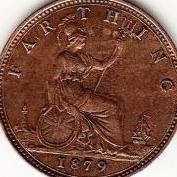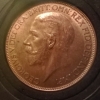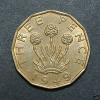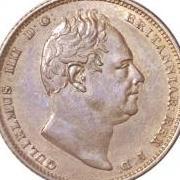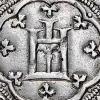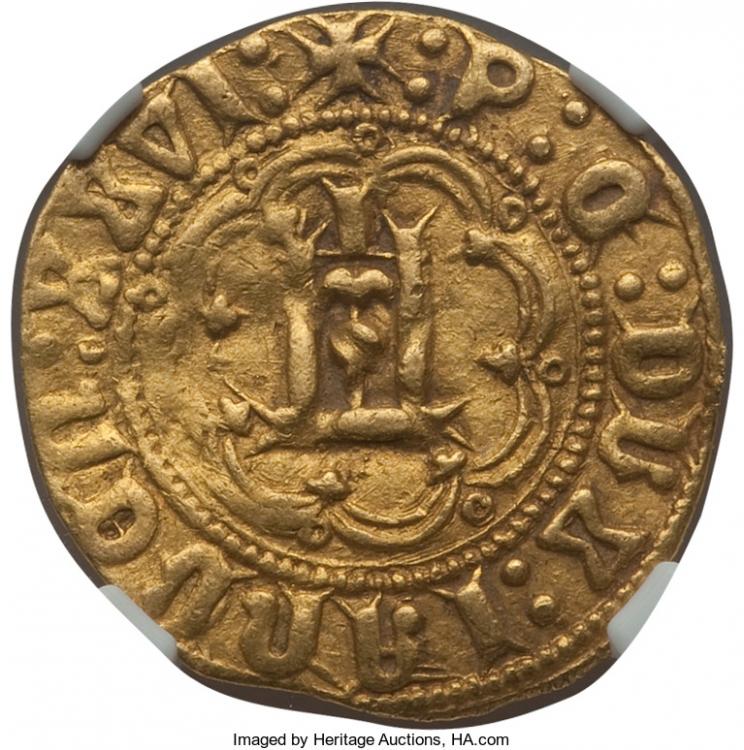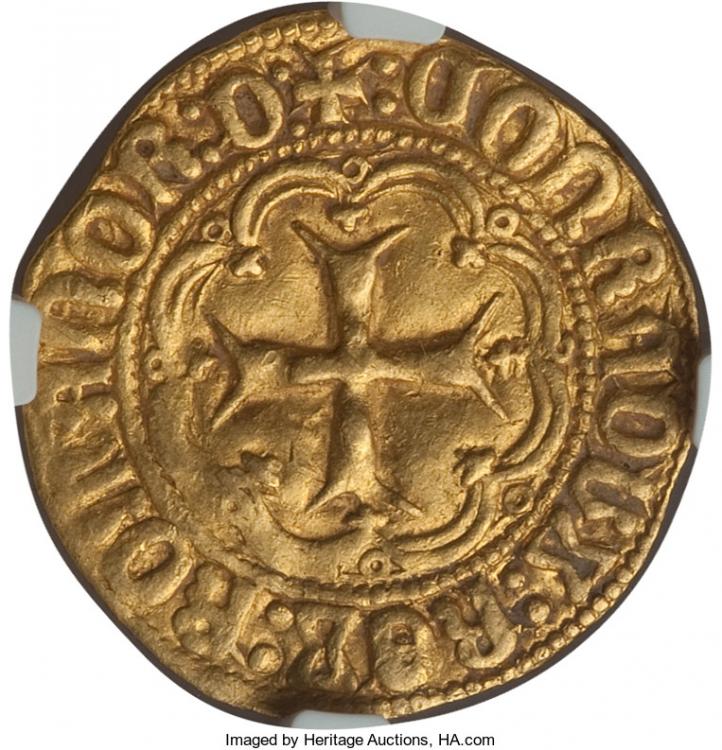Leaderboard
Popular Content
Showing content with the highest reputation on 02/13/2018 in Posts
-
From Freeman's description, the main indicators for obverse 6 are:- 1/ The topmost part of the head is only 0.9mm from the linear circle instead of 1.5mm as on obverses 1 to 5 (although I can't measure it) 2/ Parts of the left and central leaves of the first group are incompletely struck and the former leaf points to an area distinctly to the right of the upper dot after the G of D:G, whereas on previous obverses, it pointed either directly to it, or minutely above it. 3/ The B of BRITT is almost in contact with the head. 4/ There is no L.C.WYON and unlike obverse 5, no recess into the outline of the bust where the signature previously appeared. Hope this helps Jon - but as I say, I'm never 100% confident on all of the 1861 combos myself.1 point
-
I'd suggest ebay might be your best bet, without seeing what you have. Things tend to find their level.1 point
-
All I could see was a little bit of silver in the guilders and you'd get £2 back for the £2.1 point
-
Certainly dodged a bullet! I don't think I would go more than £20 on the lot - and did you see the postage charges?1 point
-
1 point
-
ROFL Even when I was collecting from change in the late 60s, I'd reject those!1 point
-
Neither. It's a degrading E which if you look at the first E of PENSE, is also going rather skewy.1 point
-
Colin88- Just for fun, what coins did you submit? Your post reads as if you were surprised with the PCGS grades. What might help facilitate explanations to the difference in UK and US grading extends beyond comparing the Sheldon scale to either a 100 point scale or the traditional UK grades. Start by appreciating the differences in what US TPG and UK graders look for. The strike carries so much more weight in the UK. That is the standard and the expectation is that a complete or near complete strike is required for a MS grade. There are numerous UK coin series that UK collectors are reluctant to call MS because a coin may not have have a complete or near complete strike. In contrast, the focal point of US grading centers on lustre and how that translates into eye appeal. While the strike of a coin is not overlooked, there seems to be an appreciation that not all coins within a series are created equal. I suspect the strike of the coins that you submitted is part of the difference in your grade and the PCGS grade. Best wishes in connection with your future submissions.1 point
-
They are called privy marks. Wikipedia on privy marks "Originally a small mark or differentiation in the design of a coin for the purpose of identifying the mint, moneyer, or some other aspect of the coins production or origin, for control purposes." Some more information here about privy marks on Henry VI coins. http://www.vosper4coins.co.uk/ivanbuck/Buck-3.htm1 point
-
1 point
-
I have no problem with questioning or even attacking the TPGs. I stay out of these arguments simply because I do not "get" the whole principle of locking coins away in plastic coffins. For me the joy of "collecting" is finding coins - often in unexpected places and at low prices - to add to my collection, regardless of grade. When I can, I improve the grade of the coins I have and move on the redundant ones. The thrill is in the hunt and filling the gaps. Graded and encapsulated coins seem to me much more of an investment or commodity based game, which is alien to me. Hence I do not give a fig for the debates back and forth on which TPGs grade how and which system is right or wrong. If I like a coin and I can afford it, I buy it. If it happens to be in a plastic coffin, I will break it out - unless it is so valuable it makes more sense to sell it on as it is. Watch me get flamed for stating my opinion - another reason why I usually stay out of these debates.And @ozjohn please don't leave - this forum moves pretty slowly, so the lack of opinion from others is more to do with the number of people watching.1 point
-
My head hurts - makes bun pennies look simple Looks like the makings of a “Freeman” for decimals1 point
-
1 point
-
Maybe - I wouldn't be surprised if there are more varieties these days, though I expect a lot would be such small changes that you couldn't spot them with the naked eye as they don't hand make dies any more. They could probably easily reduce the profile by 10% without anyone noticing and strike a whole lot more coins.1 point
-
I didn't think Decimal would show so many differences given the manufacturing process advancements since like 1860! I'll check mine tomorrow, but I don't keep any more than 1 set of anything these days and don't have them all. (Every little helps though right?)1 point
-
OK - I have done that. I am not great at spotting small details but as far as I can work out: 1972 - One set, Type A, no frosting 1973 - One set, Type A, no frosting 1974 - Two sets, one type A no frosting, one type B with frosting, 1/2 P also frosted 1975 - Two sets, one Type A no frosting, one type B with frosting, 1/2 P also frosted 1976 - One set, Type A no frosting. All the type As are in my older collection, which I have had for about 15 years and came from one auction together. The two sets with type B I picked up at a different auction about 5 years ago. I hope that helps! I admire the work you are doing on these but I'm afraid I am NOT going to become a decimal coin variation collector!1 point
-
Just wondering if everyone could have a look at their proof sets containing the 1p's with Rev A and Rev B - 1972 to 1976, which AardHawk shows above, and state what they find. I am trying to substantiate my findings - First is that I noticed that the reverse B type seems to be acid etched/frosted on the design and legend with high polished ground, I did mention this once before briefly, whereas the reverse type A is just the same high polished finish throughout. I also found that in the sets with the Rev B 1p's the half pence also seems to be frosted. Lastly I am also trying to work out the ratio of type A & B within the differing years ( I know this is a big ask but even a small census may through up some insight) I know the frosted/cameo proof becomes standard in 1980 across all coins on both obverse and reverse. I just find it interesting that it started on the lower bronze coinage first, albeit the reverse of the coin. Thanks in advance1 point
-
Just sat for the past few hours re-categorizing my pennies to fit in with yours AardHawk. I noted I had a few that differ from yours though: Proof 1985 - you have 4+C1 maybe a variant but I have 4+C2 1990 – you have 8+C2a mine is 8+E1 1991-1992 you have 8+E1 my 1992 is 8+C2a From 1972-76 I have both reverse type for each year. Also I am trying to confirm a cross over variant for the 1989 Proof an 8+E2, seen but not in hand to confirm. Circulation All are as yours but in addition I also have a 4th 1992 variant 5+C1 Can totally understand the eye strain bit Cheers Brian1 point
-
1 point

